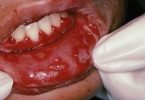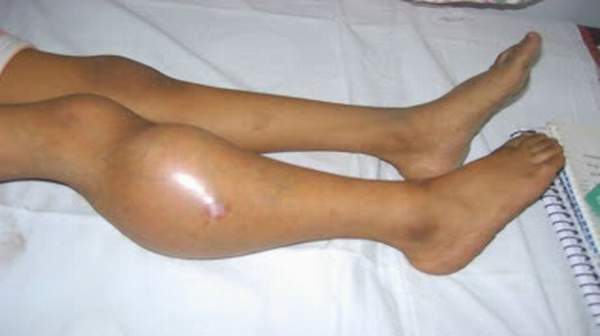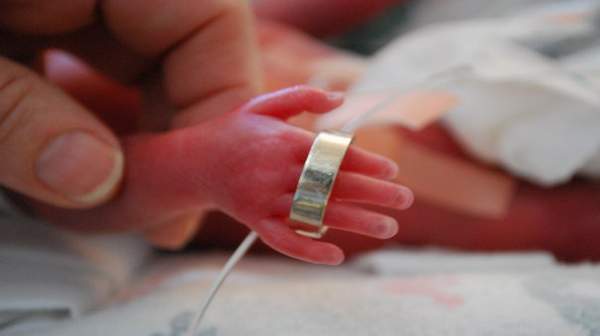What's in this article?
Constipation in children overview
Constipation is a very common problem for children. For most children, constipation means passing hard poo (faeces, stools or motions), with difficulty, less often than normal. Regular soiling (often mistaken for runny diarrhoea) may indicate that a child has bad constipation with impaction (a blockage of faeces). Where no particular disease or illness is the cause of the constipation, it is called idiopathic constipation. It is important that constipation be recognised early to prevent it from becoming a long-term (chronic) problem. Note: there is a separate leaflet called Constipation in Adults.
Symptoms of Constipation in children
Signs and symptoms of constipation in children may include:
- Less than three bowel movements a week
- Bowel movements that are hard, dry and difficult to pass
- Pain while having a bowel movement
- Abdominal pain
- Nausea
- Traces of liquid or clay-like stool in your child’s underwear a sign that stool is backed up in the rectum
- Blood on the surface of hard stool
If your child fears that having a bowel movement will hurt, he or she may try to avoid it. You may notice your child crossing his or her legs, clenching his or her buttocks, twisting his or her body, or making faces during these maneuvers.
Constipation in Children Diagnosis
- A health care practitioner will perform an examination to assess the child’s general appearance and growth. The health care practitioner will look for signs of diseases that may cause constipation.
- Close attention to the abdominal exam may reveal distention, tenderness, or hard stool that can be felt.
- Anal inspection will be performed to check for problems. The The health care practitioner may perform a digital rectal exam with his or her finger to check for hard stool in the rectum or to see if the rectum is dilated.
- The stool may need to be tested for blood.
- Usually no diagnostic tests or X-rays have to be performed if the history and exam suggest constipation. Sometimes an abdominal radiograph (X-ray) is obtained and shows stool in the colon. If a medical problem is suspected as the cause of constipation, blood tests or other abdominal imaging studies may need to be performed.
The most useful tool the doctor can use to diagnose constipation is the history given by the parents. A doctor needs to know the following:
- What is meant when parents use the term constipation and how long has the condition been present?
- What is the size and consistency of the stools?
- How frequent are the bowel movements?
- Is pain present with stooling and is there blood present?
- Is abdominal pain a problem?
- Is there poor appetite, weight loss, or poor weight gain?
- Are episodes of fecal soiling present?
- Does the child use the bathroom at school?
- What over-the-counter, herbal, or prescription medications are being taken?
- What type of diet is the child on?
Treatments of of Constipation in children
There are three primary treatments for most cases of constipation, and they usually work hand-in-hand:
- A stool softener to clear the bowels. These are safe in children, but should be used under the supervision of your pediatrician. Two common mistakes that parents make when giving their child a stool softener for constipation is not using a large enough dose, or stopping it too soon. For example, you might think that you can stop giving a stool softener after your child’s first normal-looking bowel movement, but stopping too soon may just set your child up for another bout of constipation. Some children may need to stay on a stool softener for a few weeks. Your doctor can advise you on the right dosing schedule for your child.
- A high-fiber diet with plenty of fluids. This means loading your child’s plate with plenty of fresh fruits and vegetables, high-fiber cereals, whole grain breads (look for at least 3-5 grams of fiber per serving), and a variety of beans and other legumes, like chickpeas and lentils. Two good sources of fiber that kids are often happy to eat are trail mix (let them make their own) and popcorn with minimal salt or butter. Foods containing probiotics, like yogurt, can also promote good digestive health.





